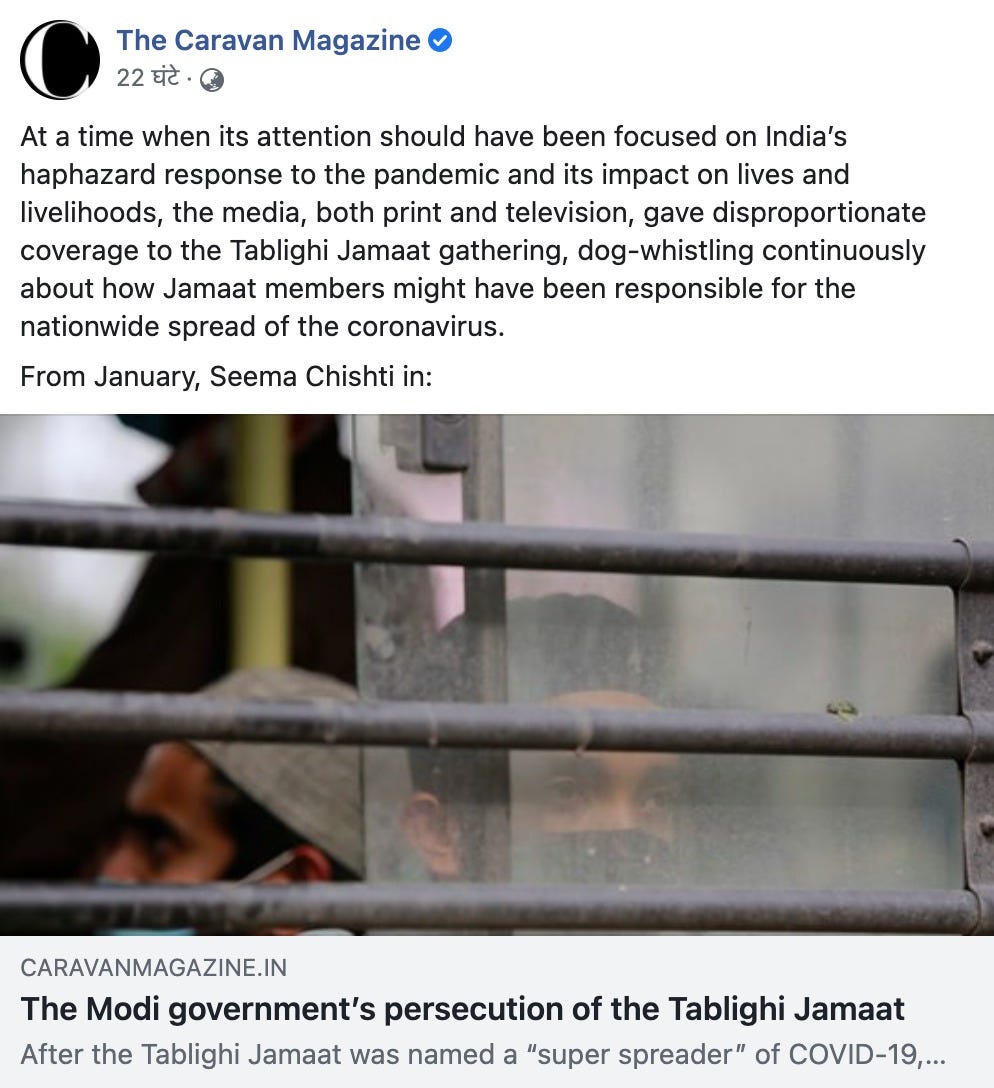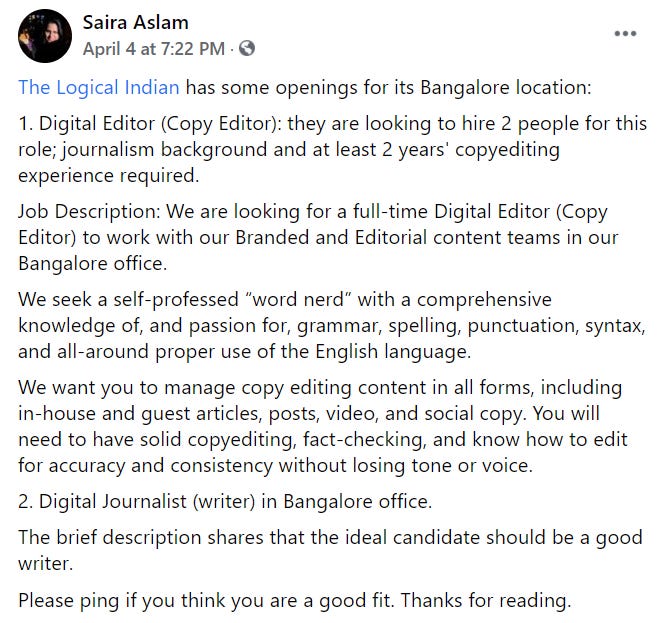We have a theory. What if you could build audience trust in media by giving them a peek behind the curtain?
Anyone working in journalism already knows that it can be difficult to gain the trust of the public. And there are many legitimate reasons why our relationship with the public is tenuous. Journalists around the world have fanned the flames of hatred by blaming certain communities for the rise in COVID-19 cases. In the US, some media organisations took part in blaming China for the spread of the virus, which has contributed to a rise in hate crimes against Asian Americans.

It doesn’t help that many people don’t see themselves represented in newsrooms. In a previous newsletter, we wrote about how a lack of diversity in newsrooms can lead to important stories being missed. When people don’t see news coverage that they can relate to, it can further erode their trust in the media.
At the same time, journalists are contending with ‘fake news.’ A study from the Massachusetts Institute of Technology (MIT) found that misinformation travels 6 times faster online than ‘true’ news. To curb this, many news organisations have thrown themselves into fact-checking false information that’s spreading online. Both Google and Facebook have worked with news organisations to fund these types of initiatives.
At In Old News, we’ve been thinking a lot about how behind-the-scenes (BTS) videos, articles and podcasts can contribute to building trust in media. These types of stories allow the audience to follow how a journalist covered a story — who they interviewed and why, what challenges they may have faced, and how they verified the information they received.
Some fact-checking articles already include this information, like this article by The Quint’s Webqoof that breaks down how they debunked a story that falsely claimed a Bharatiya Janata Party MP broke her own car window during an alleged attack near a polling booth.
Other organisations do this peek behind the curtains in their newsletters or as separate articles. Recently, the Markup reported that "Google Blocks Advertisers from Targeting Black Lives Matter YouTube Videos" and to tell the story behind the story, their Editor-in-Chief Julia Angwin spoke to investigative data journalist Leon Yin who worked on the piece as part of the Markup’s series called: "Show Your Work"
This series not only makes their reporting more transparent but also serves as a unique learning resource for young and veteran journalists aspiring to do these kinds of investigations.
BTS doesn’t have to take any additional reporting, but the value it can add for audiences and peers is multifold. As part of our Mobile Journalism Fellowship, we encouraged our fellows to record themselves at work as they went out into the field.
Rohit Upadhyay travelled to Jharkhand to report on the Pathalgadi movement by Indigenous people. In his Behind-the-Scenes, he spoke to journalists who’ve been covering the conflict between Indigenous groups and authorities:
Varsha Singh travelled to the Rajaji Tiger Reserve to speak to Indigenous communities about access to education and healthcare. Varsha explains how she was able to document initiatives:
Ketholeno Neihu covered the dog meat ban in Nagaland, and took us step by step through her reporting and interviewing process in Kohima:
Watch our full playlist of Behind-the-Scenes videos from the first In Old News fellowship here.
We’re always looking for Behind-the-Scenes stories. If you have a pitch, contact us at editor@inold.news

Data Journalism Fellowship with Newslaundry deadline extended to April 15 for Oriya speakers

Prasar Bharati Recruitment 2021: See the 15 Doordarshan availabilities here.

Openings at the Logical Indian. Message Saira Aslam for more.

Multimedia opening at The Bastion.

ABOUT THIS NEWSLETTER
This newsletter is an attempt to keep up and share all the latest and greatest stories in media and how they get done. Read about it here: About In Old News-Letter. And if you were forwarded this newsletter, here’s how you can sign up to get the latest editions as they come out!

